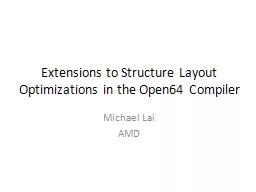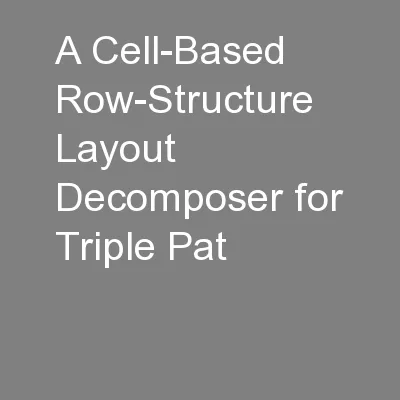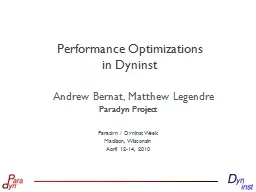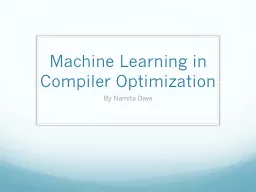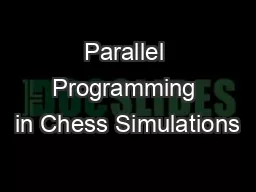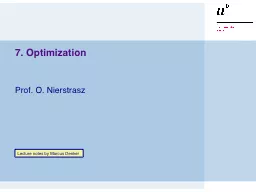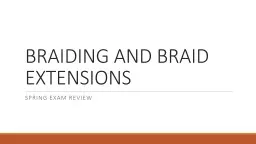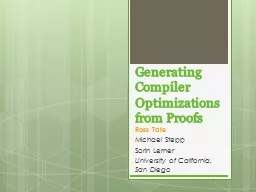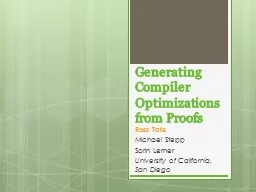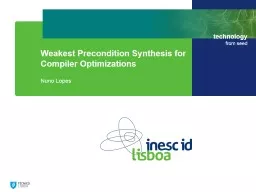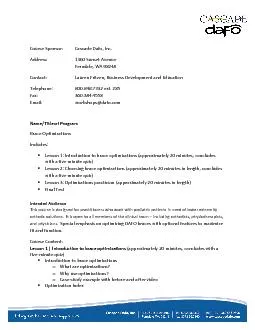PPT-Extensions to Structure Layout Optimizations in the Open64
Author : karlyn-bohler | Published Date : 2016-05-15
Michael Lai AMD Related Work Structure splitting structure peeling structure field reordering Hagog amp Tice Hundt Mannarswamy amp Chakrabarti Above implemented
Presentation Embed Code
Download Presentation
Download Presentation The PPT/PDF document "Extensions to Structure Layout Optimizat..." is the property of its rightful owner. Permission is granted to download and print the materials on this website for personal, non-commercial use only, and to display it on your personal computer provided you do not modify the materials and that you retain all copyright notices contained in the materials. By downloading content from our website, you accept the terms of this agreement.
Extensions to Structure Layout Optimizations in the Open64: Transcript
Download Rules Of Document
"Extensions to Structure Layout Optimizations in the Open64"The content belongs to its owner. You may download and print it for personal use, without modification, and keep all copyright notices. By downloading, you agree to these terms.
Related Documents

